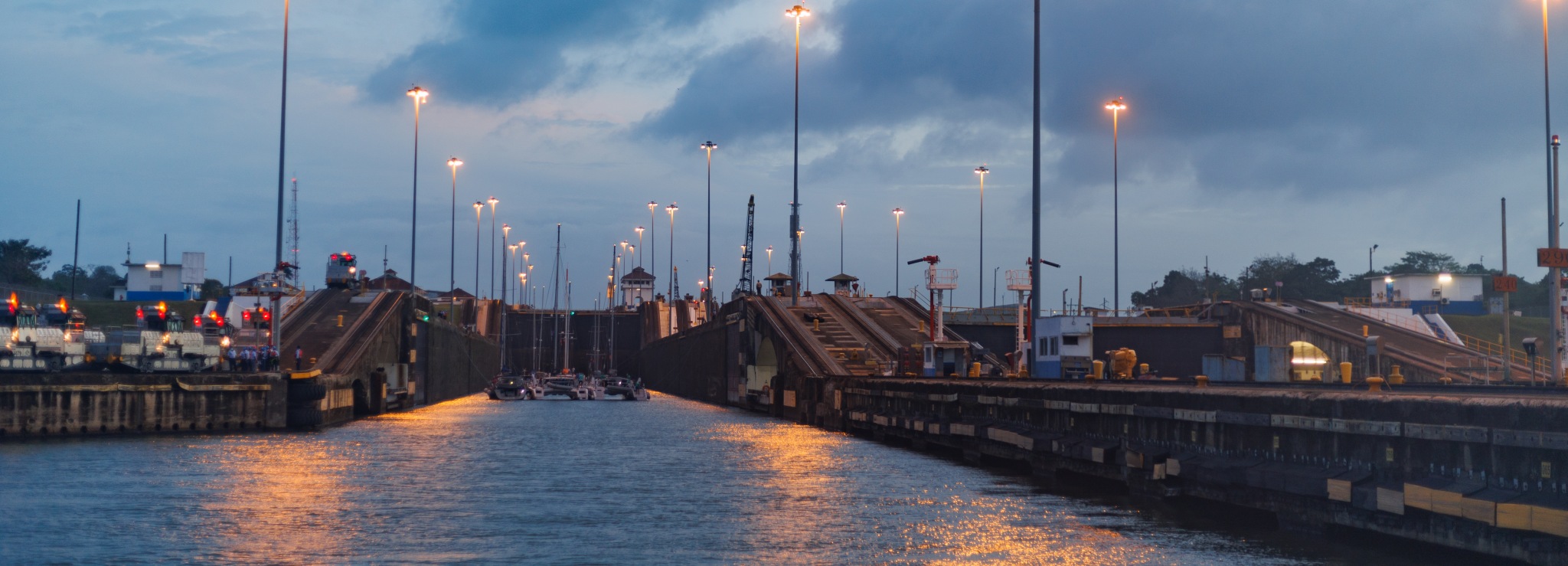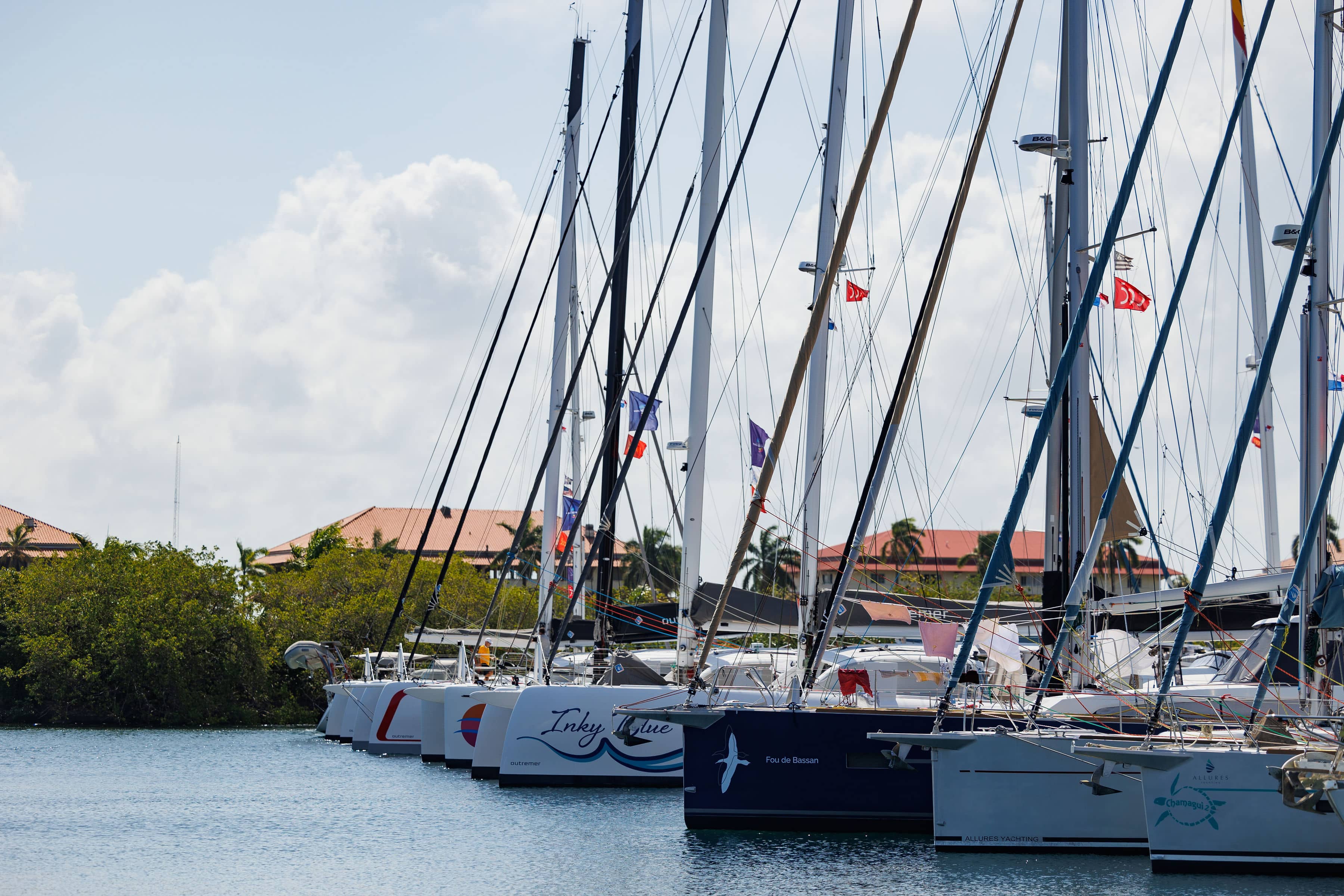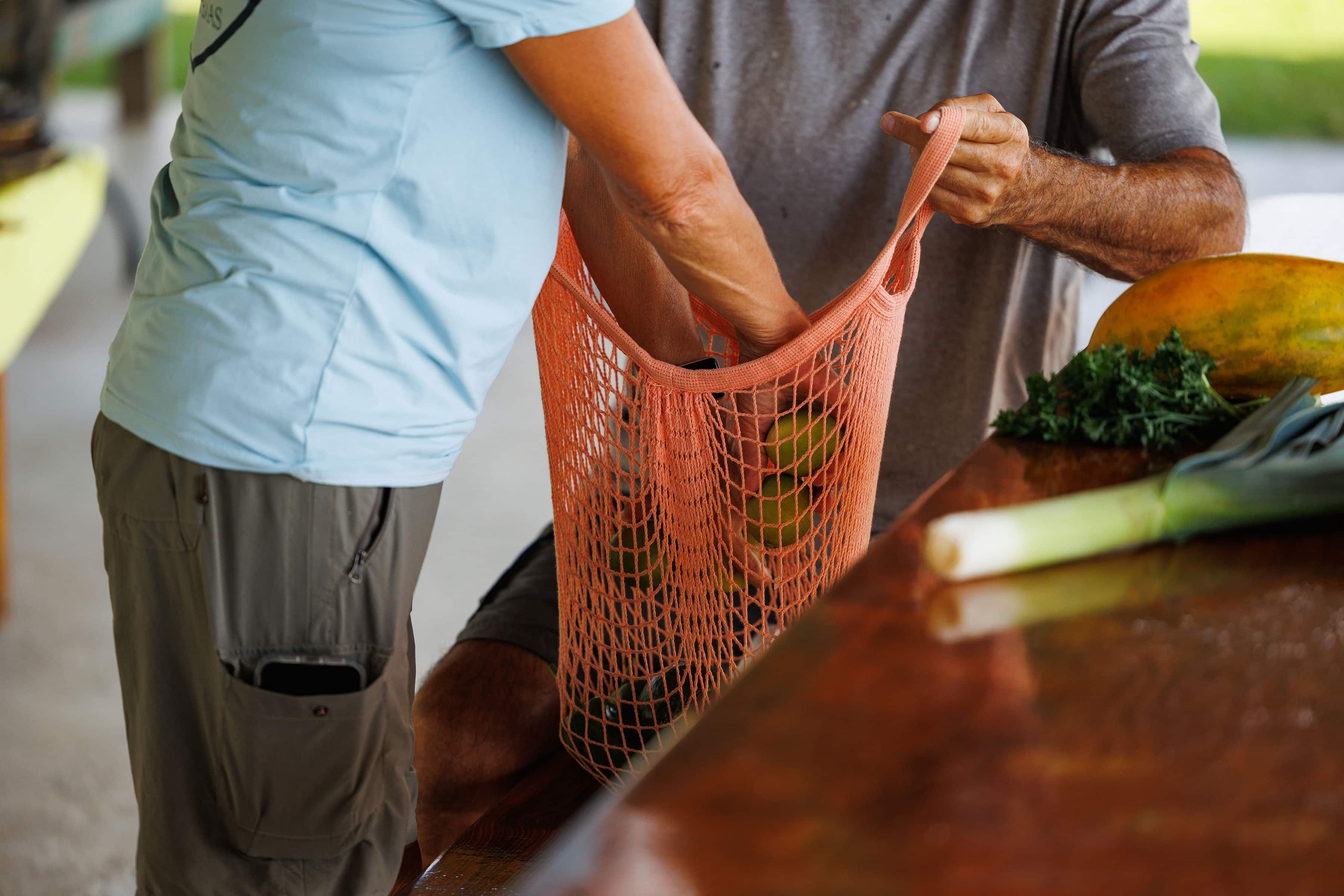Following the stopover in Martinique, the rally has passed through the Panama Canal towards the Pacific Ocean.
Heading to the Galapagos Islands!
The adventurers have crossed the Caribbean Sea between Martinique and Panama. Boats were completely free to choose their itinerary for this part of the rally. However, they had to be on time for the Panama Canal transit. The Predictwind live tracking map of the Grand Large Yachting World Odyssey 500 fleet shows the different routes taken by participants.
Gathering in Shelter Bay Marina
At the end of February, the Grand Large Yachting World Odyssey 500 fleet gathered in the peaceful marina of Shelter Bay, opposite the city of Colón and its 90,000 inhabitants, gateway to the Panama Canal.
Here is the account of Victor, the Event Manager for the rally.
We talked to Victor on the phone from Panama airport where he was about to leave for the Galapagos Islands:
“The boats stayed at Shelter Bay Marina between one week for the latest arrivals and 10 days for the first ones to arrive, such as Chamagui 2. The main part of their work there focused on preparing for the canal transit. This included formalities such as the measurement and registration of boats by the canal authorities, and technical preparation for passing through the locks, which must be carried out with four people on board each boat.
Following the crossing of the Caribbean Sea, the crews used this time to stock up on provisions and diesel, and then prepare for the start of the canal transit”.
The Panama Canal, a piece of history
In 1534, Charles V ordered an investigation into building a canal through Panama. This would save Spanish ships from having to sail around South America past Cape Horn. According to accounts of the conquistadors, the King of Spain and Holy Roman Emperor identified the Isthmus of Panama and its 80 km strip as the narrowest passage across Central America.
The construction of the canal, started by the French in 1881 and completed in 1914 by the Americans, encountered many difficulties. These included nearly 6,000 workers losing their lives, for example from malaria, earthquakes and landslides. Its history is also marked by a huge scandal that occurred in the 1890s: Ferdinand de Lesseps, who had been hailed as the “founder” of the Suez Canal 40 years earlier, believed that the isthmus could be built without locks; but he was mistaken, as were the many gullible shareholders whom he convinced in this belief.
With such an eventful history, the Panama Canal today is a strategic point for world maritime trade. About 14,000 ships cross it every year – mainly trading vessels, but also pleasure crafts, as in the case of the rally.
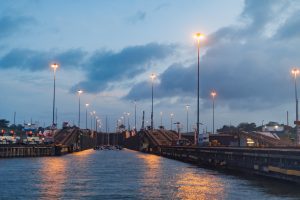
The Pacific, a great moment for everyone
Victor described crossing the canal: “We were split into two groups of 12 boats. Taking the first group as an example, they left on a Tuesday in the middle of the afternoon. They had passed through the first three rising locks by late afternoon. The Atlantic-side locks consist of a difference in height of about 30 metres. The boats then proceeded to Gatun Lake, where they were moored to a buoy in pairs until the next morning.”
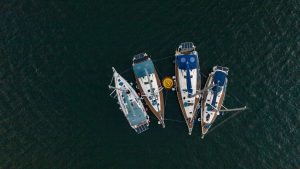
On the second crossing, Chamagui, Chaps, Bluway and Salavida were all moored to a buoy together on Gatun Lake: this created one of the most beautiful images of this Panama Canal crossing.
Victor continued: “Wednesday, 10am, they departed for the second section of the canal, crossing Gatun Lake to reach the two descending locks – Pedro Miguel and Miraflores – at around 4pm. Here again, there is a level difference of a few tens of metres, offering a unique view of the Pacific Ocean below. Crossing this section takes several hours and by 8pm everyone had crossed the Bridge of the Americas, finding themselves in the Pacific. A great moment!
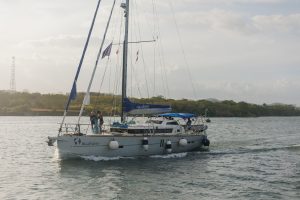
Due to the requirement of needing 4 line-handlers on board in addition to the captain, we then organised a shuttle to bring crew members from the first team back to Shelter Bay to help the boats taking part in the second crossing. This was an opportunity for the crews to continue to get to know each other and to strengthen their support of each other. It was important to stay focused, however, as once the boats, which come in as a pair, are caught up in the in-pour of the locks, you can’t afford to miss your mooring knot!”
The boats crossed through the canal unscathed. Everybody met up at La Playita de Amador, on a peninsula south-west of the canal exit. It was time to celebrate crossing into the Pacific, a first for almost all the crew members involved. Now it’s onwards to the Galapagos Islands, 900 nautical miles away, heading south-west!
Directed by Antoine Bouchina for Act-On Group on Salavida a Garcia Exploration 45.
